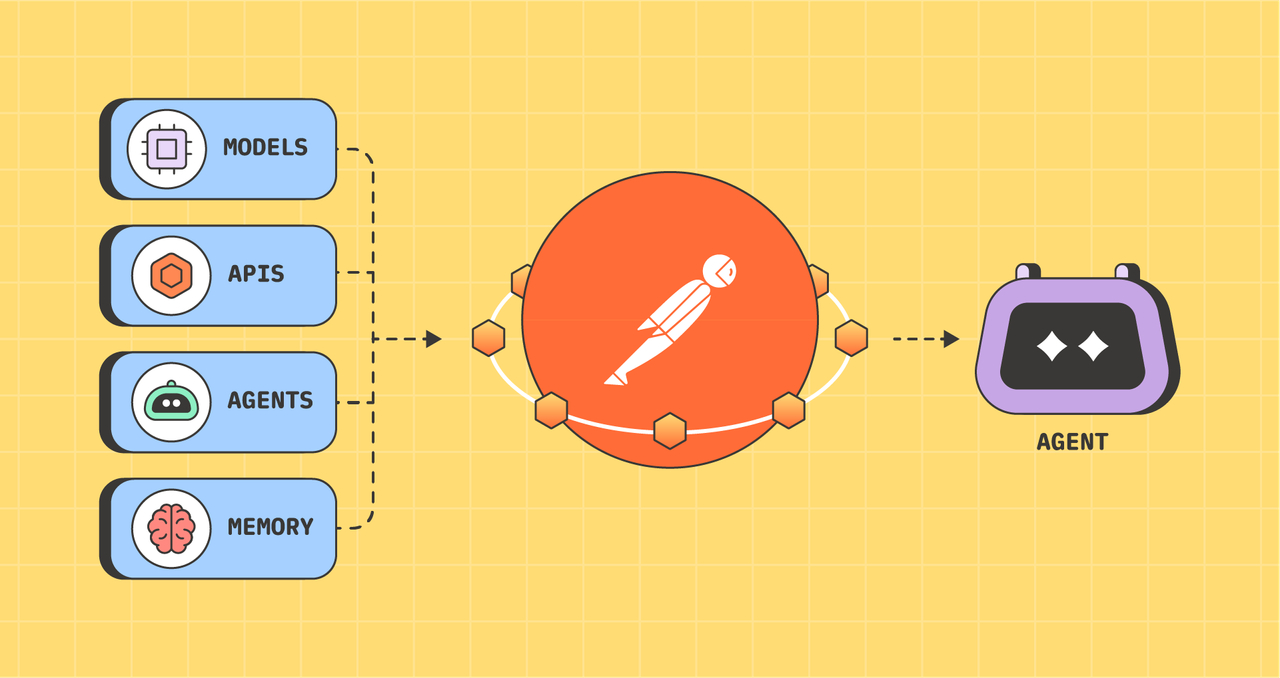Software Testing
Solutions | QA Testing
Building Hyperscale Applications
Software testing can easily introduce bottlenecks in the SDLC due to its separation from development and operations, leading to delays, miscommunication, and inefficiencies that hinder throughput.
DevOps Flow, with its emphasis on integrating people, processes, and technology, addresses these bottlenecks by embedding testing into the development pipeline, fostering collaboration, and leveraging automation to streamline workflows.
DevOps Flow mitigates these bottlenecks by integrating testing into the development pipeline, aligning with Lean principles.
DevOps Flow fosters a collaborative culture where testing is a shared responsibility across development, operations, and quality assurance teams, eliminating the standalone department’s isolation.
Best Practice Capabilities
Embedding Testing in the Pipeline
DevOps Flow integrates testing into the CI/CD pipeline, aligning with Agile’s goal of continuous delivery and Lean’s focus on flow. This shift left —testing earlier in the SDLC—catches defects sooner, reducing rework and accelerating delivery.
Automation to Eliminate Manual Delays
DevOps Flow leverages automation to overcome the limitations of manual testing, a common bottleneck in standalone departments. By automating repetitive tasks, DevOps Flow scales testing capacity to match development output, addressing the scalability issue of standalone teams.
DevSecOps Integration
DevOps Flow extends testing to include security, embedding practices like static code analysis or vulnerability scanning into the CI/CD pipeline. This prevents security testing—often a separate, manual process —from becoming a bottleneck, ensuring compliance without delaying releases.
Industry Insights
An ongoing article series on implementing Software Testing best practices.
Read the article series.


